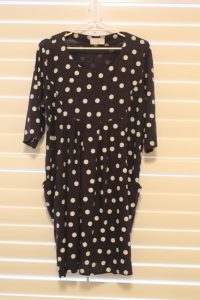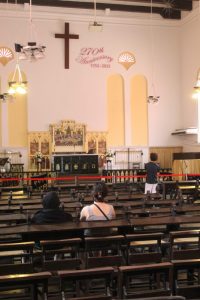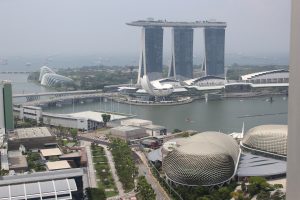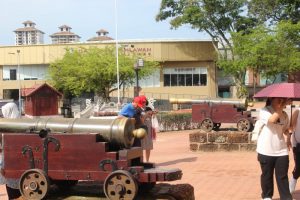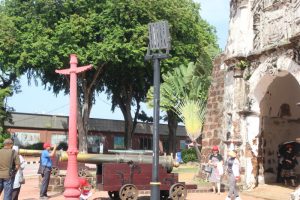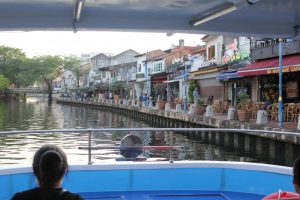CAR BATTERIES
Last week I wrote about the anomaly between producing electric car batteries and the supply of materials needed to be mined to enable their production. This week I’ll tell you about the battery in my husband’s car. When he had his car serviced, the mechanic said he needed a new battery. So he rang the RAC (Royal Automobile Club who provide road side assistance, insurance, batteries, travel and accommodation and other related services) and a van arrived half an hour later. The serviceman told him they installed the existing battery in 2015. It was guaranteed for two years. It had lasted eight years..
VINEGAR AND WEEDS
Vinegar is a multi purpose liquid. Essential in so many recipes, a great cleaner ( avoid using it on porous surfaces as it can etch the material), a disinfectant and also a stain remover. I’ve bought 4 litres of vinegar for a different purpose; I’m killing the weeds in the brick paths and paving. After the wettest winter I can remember for years and being away from the house often, the weeds are taking over.


I used to mix it with salt and detergent, but now I just tip it into a spray bottle and twist the nozzle to a very directed, narrow spray and hit the weeds! It’s important to only spray the vinegar onto pathways or paving as it will alter the ph of the soil. Vinegar will kill ants, spiders and mosquitos but also bees, so be mindful of this when spraying.


Usually the weeds will begin to wilt within 24 hours. I let them really dry out then remove the residual plant with a hoe. Sometimes , if it is really sunny, the weeds will be dry enough to just sweep up. Later, I’ll use a pressure washer to really clean but I really like the moss growing between the pavers in some areas. We never have moss!
WINTER COOKING
Zucchinis were 49c each at the green grocer so I knew I’d be making a big pot of ratatouille. Traditionally, the French made ratatouille using zucchini, tomatoes, onions, eggplant, plus extra virgin olive oil, basil, salt and pepper. We don’t eat eggplant ( well, I do, but nobody else likely to eat my ratatouille does) but I will add other vegetables which are abundant at the time. So, sometimes, sweet potato, or pumpkin or corn appear.


Ratatouille is a great side dish. I drizzle a tiny amount of extra virgin olive oil over it. I especially enjoy a bowl of it for lunch with crumbled fetta. At the moment I am resisting cutting the crust off the loaf of sourdough I have just taken out of the oven which would soak up some of the lovely juices, but the loaf tears easily if it’s cut while it is still hot!


This is goats’ milk fetta and doesn’t crumble well but tastes very good.
My Mother has been in hospital and then respite for a month or so, so we were going up and down to visit her. We’d stay for four days then come back, do what we needed to do here, then go back. We’d leave her for an hour or so while she had lunch and often enjoy going to a cafe or restaurant. Then we’d have something really light for dinner. When we’d get back to Perth there were a few things I’d quickly thaw from the freezer for dinner, but eventually the freezer was bare!
So when we settled for scrambled eggs on crumpets ( we had no bread for toast) I knew it was time to get cooking. I have restocked the freezer with tikka masala ( I microwave the rice while the vegetables boil to serve with it) and pad thai. We intersperse these with salmon fillets and occasionally, eggs! I read blogs about people who batch cook for a fortnight at a time and I’m so inspired but never actually follow through, but a week at a time is working. I was also inspired by the bloggers who precook all their meals for when they’re away but that is a stretch too far when every minute seems to be committed at the moment!


I have rarely used meal kits as I have always made our meals ‘from scratch’ except I rely quite a bit on red and green curry pastes as a basis for several things we frequently eat. Time poor and trying to do an enormous number of jobs in three days, I bought the tikka masala and the pad thai kits after seeing both brands recommended on Insta. They were delicious! Unfortunately, the same site recommended two new flavours of chocolate bars and I bought both of those, too. They were also delicious but long gone.

